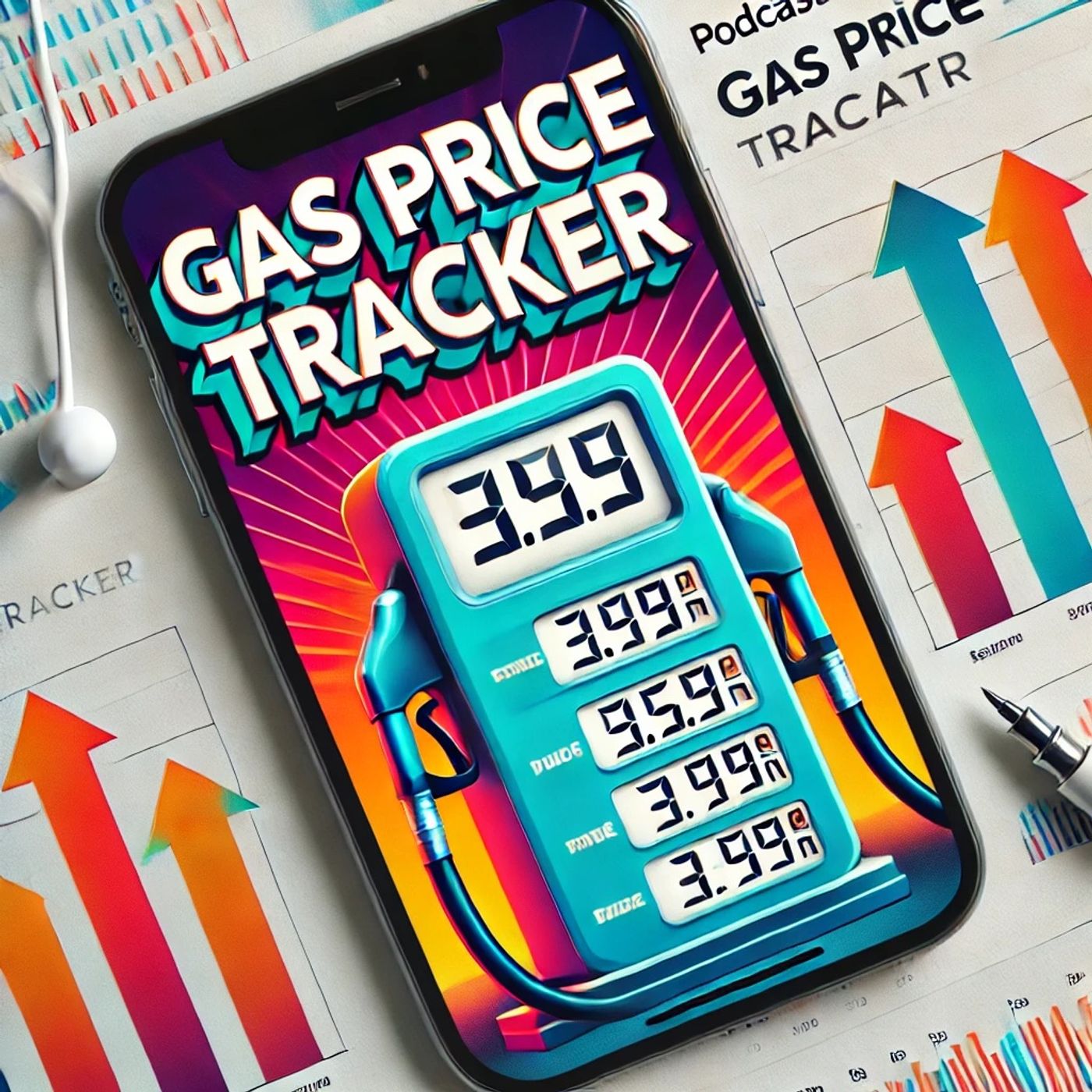Jan 12 2025 3 mins
As of January 12, 2025, gas prices in the United States continue to fluctuate due to a combination of domestic and global factors. The national average stands at around $3.85 per gallon, although prices vary significantly between states depending on local taxes, demand, and distribution challenges. California remains the state with the highest average price, often exceeding $5.00 per gallon due to strict environmental regulations and higher fuel taxes. Conversely, states like Texas and Louisiana enjoy lower averages, hovering around $3.30 per gallon, thanks to proximity to refineries and lower state taxes.
Several factors contribute to the current state of gas prices. Global oil prices play a crucial role, with recent geopolitical tensions causing fluctuations in crude oil supply. OPEC's production decisions also directly impact oil availability and, consequently, gas prices in the U.S.
Domestically, the transition towards renewable energy sources is influencing the market. There is a significant federal push to reduce fossil fuel dependency, leading to increased investment in electric vehicle infrastructure and alternative energy solutions. This shift affects gas demand, as more consumers opt for electric or hybrid vehicles, potentially stabilizing or reducing future gas consumption.
Seasonal trends also impact prices. During the winter months, demand typically decreases, leading to slightly lower prices compared to the peak summer driving season. However, unexpected severe weather events can disrupt supply chains and temporarily increase prices, particularly in regions affected by such events. Additionally, refinery maintenance schedules and unexpected outages can lead to supply constraints that impact pricing.
Economic factors such as inflation and currency exchange rates also play into the equation, affecting the purchasing power of Americans at the pump. The Federal Reserve's monetary policy decisions continue to influence these factors, sometimes indirectly impacting gas prices.
In recent years, advancements in fuel technology and efficiency standards for vehicles have contributed to a more nuanced impact on gas demand and pricing. Greater fuel efficiency means that people need less gasoline to travel the same distances, thus potentially moderating price surges.
Industry analysts and market experts continue to study these variables, providing forecasts on potential price changes. For now, consumers and businesses alike keep a keen eye on developments in energy policies, international relations, and economic indicators to better anticipate and manage the impact of gas prices on their daily lives. As these elements evolve, so too will the landscape of gas prices, aiming to balance the complexities of supply and demand in a changing world.
Several factors contribute to the current state of gas prices. Global oil prices play a crucial role, with recent geopolitical tensions causing fluctuations in crude oil supply. OPEC's production decisions also directly impact oil availability and, consequently, gas prices in the U.S.
Domestically, the transition towards renewable energy sources is influencing the market. There is a significant federal push to reduce fossil fuel dependency, leading to increased investment in electric vehicle infrastructure and alternative energy solutions. This shift affects gas demand, as more consumers opt for electric or hybrid vehicles, potentially stabilizing or reducing future gas consumption.
Seasonal trends also impact prices. During the winter months, demand typically decreases, leading to slightly lower prices compared to the peak summer driving season. However, unexpected severe weather events can disrupt supply chains and temporarily increase prices, particularly in regions affected by such events. Additionally, refinery maintenance schedules and unexpected outages can lead to supply constraints that impact pricing.
Economic factors such as inflation and currency exchange rates also play into the equation, affecting the purchasing power of Americans at the pump. The Federal Reserve's monetary policy decisions continue to influence these factors, sometimes indirectly impacting gas prices.
In recent years, advancements in fuel technology and efficiency standards for vehicles have contributed to a more nuanced impact on gas demand and pricing. Greater fuel efficiency means that people need less gasoline to travel the same distances, thus potentially moderating price surges.
Industry analysts and market experts continue to study these variables, providing forecasts on potential price changes. For now, consumers and businesses alike keep a keen eye on developments in energy policies, international relations, and economic indicators to better anticipate and manage the impact of gas prices on their daily lives. As these elements evolve, so too will the landscape of gas prices, aiming to balance the complexities of supply and demand in a changing world.
